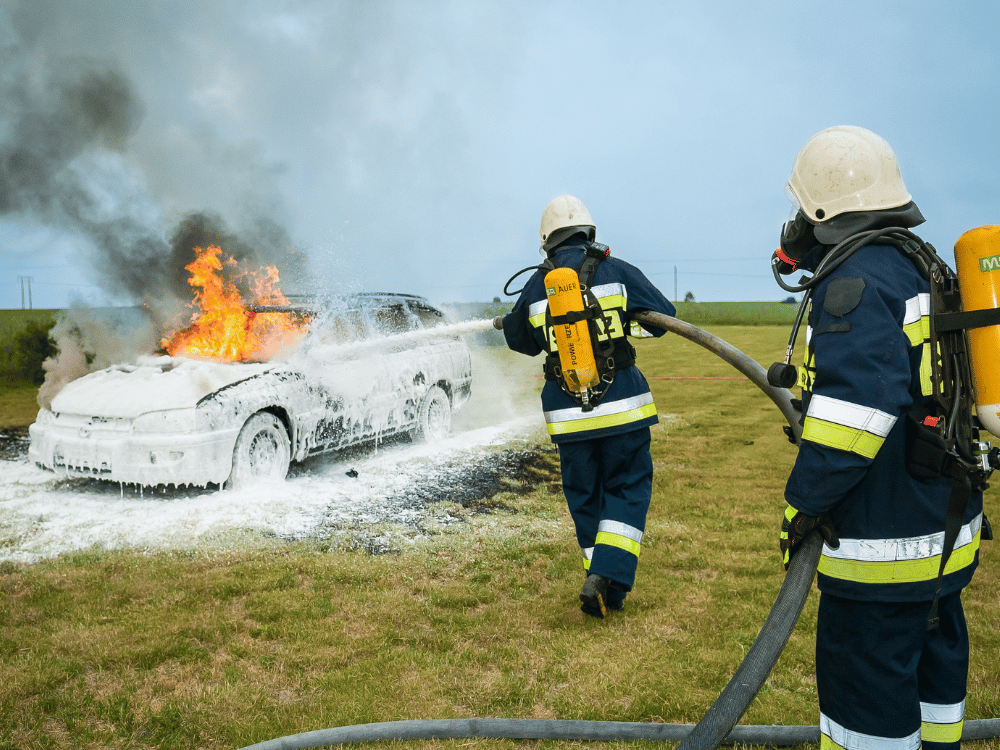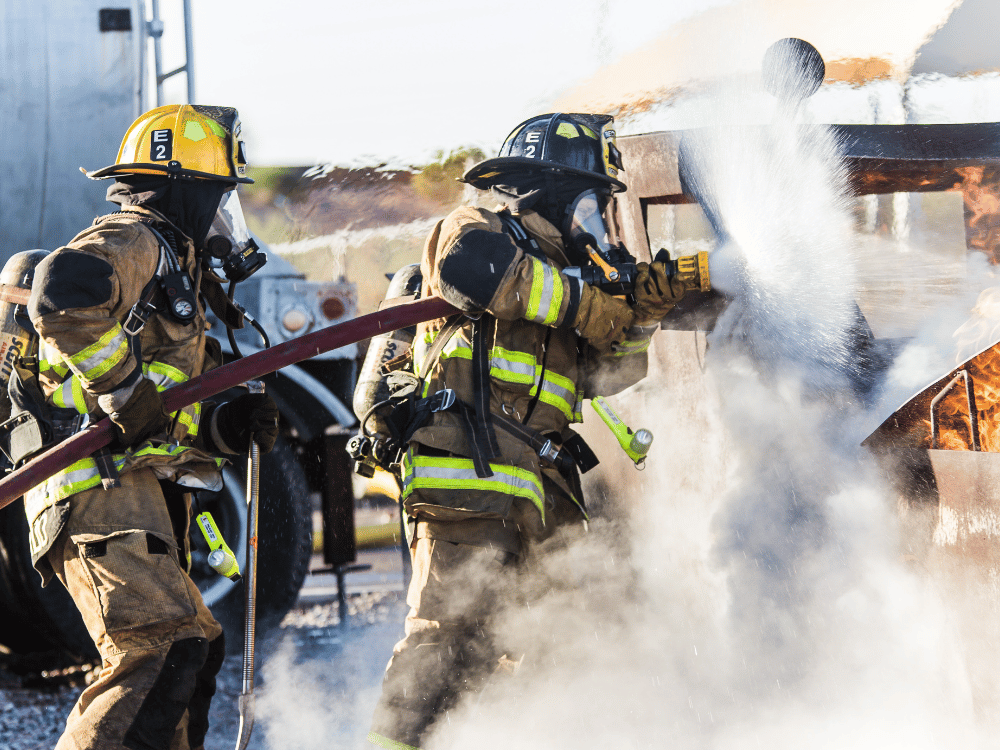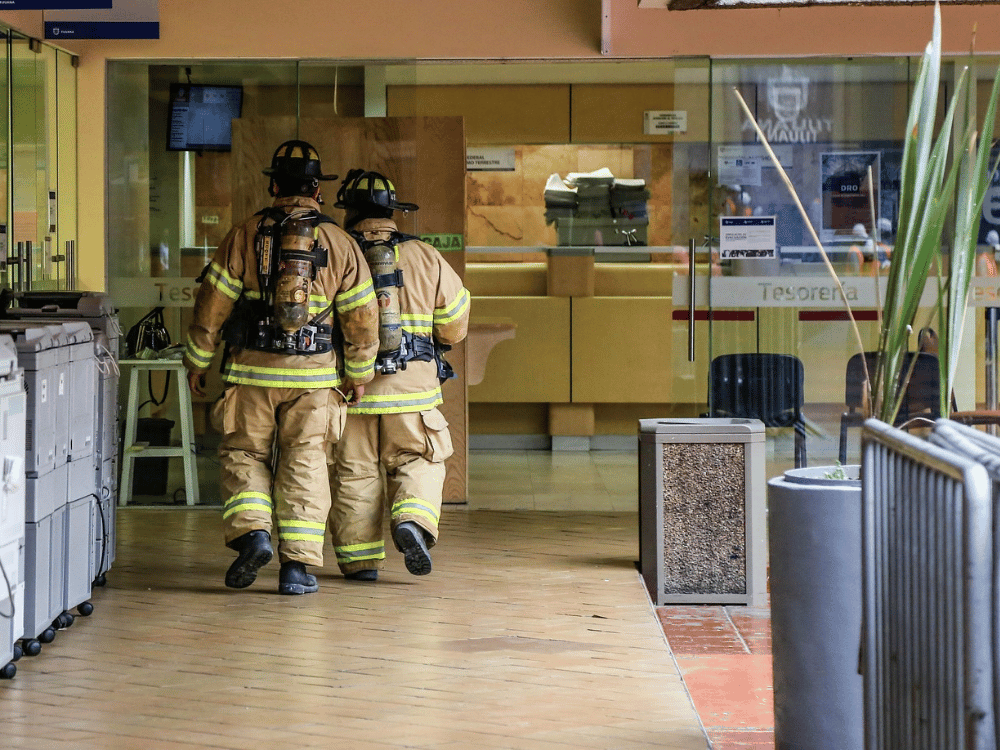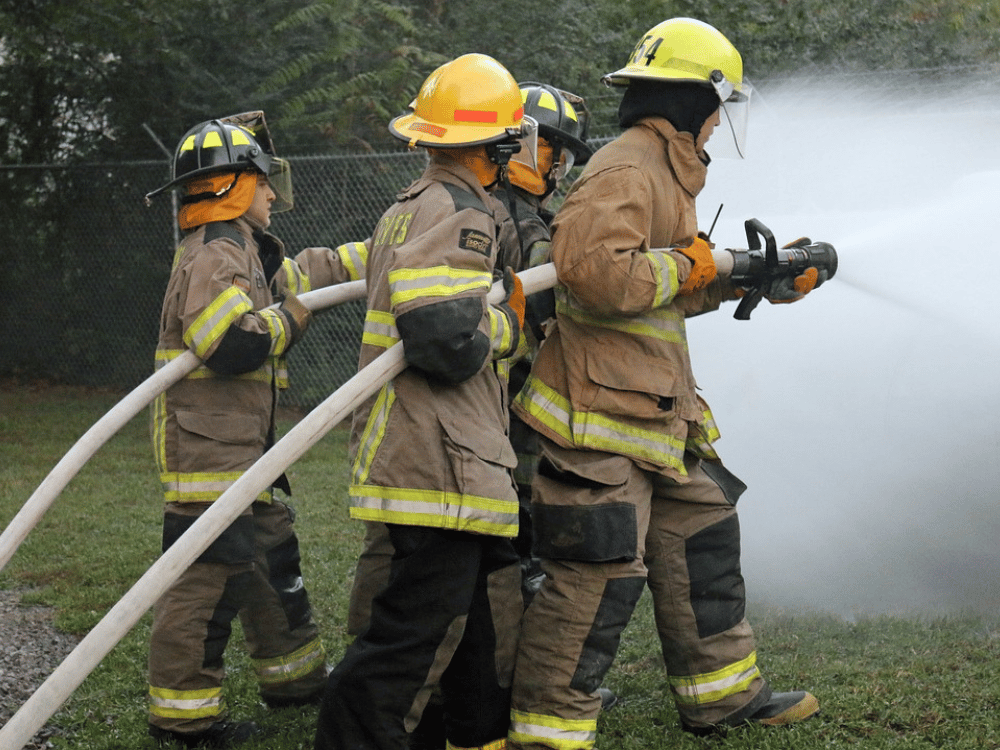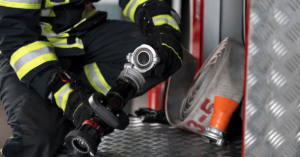Home Office fire statistics show there were 575 casualties as a result of accidental fires in non-domestic properties in 2022.
Accidents happen, but educating staff on fire safety and updating that training regularly can help prevent your business from adding to those numbers.
But how often do day staff require fire training? Is it the same for night workers? What hazards should they be on the lookout for? And what does effective fire training look like?
Types of Fire Training for Day Staff
The first thing to say here is there are different requirements and types of fire safety training courses, depending on your environment and staff.
However, Section 21 of the Regulatory Reform (Fire Safety) Order 2005, mandates that the responsible person in your business should ensure that all staff are adequately trained in fire safety.
Most fire safety awareness should cover staff roles and responsibilities to ensure everyone knows what is expected of them in an emergency.
Basic coaching should include details of business fire wardens and necessary information surrounding when and how to use firefighting equipment safely.
Basic Fire Safety Awareness
Basic fire safety training for staff should be given to all employees. Additionally, new staff should begin their fire training as soon as possible, with knowledge of evacuation processes and meeting points delivered on the first day of employment.
Entry-level elements of fire prevention and response should be included in the basic fire awareness training, this can include:
- Fire chemistry: Basic knowledge of what elements are needed for fires to occur and spread.
- Hazard perception: Teaching staff how to define fire hazards, what to do when they see them and appropriate steps to prevent fires from happening in the future.
- Good housekeeping: Highlighting how clean and tidy work environments can positively impact fire safety and emergency response efficacy.
- Evacuation processes: Making staff aware of the alarm system, what it sounds like, how to define an incident from scheduled tests and what to do upon hearing an alarm.
- Notification: Highlighting who in the business staff should raise fire safety concerns with. Depending on the severity of the hazard, this may trigger your business’ responsible person to schedule a fire risk assessment.
- Stop the spread: Educating staff on everyday actions they can take to prevent the spread of fires. It’s also good practice to notify them of your Fire Strategy Plan, which defines what existing measures are in place to stem the spread.
Evacuation Drills and Procedures
Another element of basic fire safety training for staff is educating them on what to do when they hear an alarm. It goes without saying that your evacuation plan should be calm and efficient, but what else should employees know?
Staff should understand what constitutes a bona fide alarm and where they need to head upon hearing the signal. Depending on your building’s layout, size, complexity and industry, employees may be required to use designated escape routes to reconvene at an external meeting point for registration.
At this point, fire wardens will ensure no one else is in the building while other wardens or fire marshals complete an external check and contact the emergency services.
A great way to ensure these steps are learned and retained is by completing regular evacuation drills.
How Often Should Fire Drills Be Conducted?
Government guidance around fire safety in the workplace dictates that businesses should carry out at least one fire drill per year. It also highlights that the results of this test should be recorded as part of your fire safety and evacuation plan.
Specific Fire Hazards
Circling back to the second point in that basic fire safety awareness section, employees need to know how to define a hazard in the workplace. However, the constitution of a fire hazard may alter depending on the environment.
For example, low-risk environments such as certain offices will require different hazard perception training than higher-risk locations. These premises may include construction sites, gas works or other environments where combustible materials are more likely to be used and stored.
Incidentally, when working with combustible or hazardous substances, managers should encourage employees to take COSHH training courses to mitigate risk further.
How Often Do Day Staff Require Fire Training?
Day staff in low-risk environments should receive fire training every 12 months. However, as previously mentioned, employees in high-risk premises (or locations like hotels and care homes) should complete fire awareness training at least once every 6 months.
The necessity for more regular training could also apply to people in certain roles. For example, managers, shift or team leaders and fire wardens can expect to review their knowledge more often than regular staff.
In addition, risk assessments may conclude that further training is required as a result of business changes such as building work, procurement of new equipment or following an incident.
So, do the same obligations apply to night workers?
How Often Do Night Staff Require Fire Training?
Similar to day employees, night staff should also complete fire awareness training every 12 months.
Although the reduction of staff working at night would lower the risk to life, if a fire did break out, teams still need to understand their responsibilities surrounding evacuations and firefighting.
It’s also worth mentioning that if you do have night or weekend staff, those shifts also need to be covered by fire wardens.
Effective Tools for Fire Training
Staff fire safety training can live or die on the retention of information. So, it’s important to ensure your coaching is as effective as possible.
Benjamin Franklin once said:
“Tell me and I forget, teach me and I may remember, involve me and I learn.”
Those words perfectly sum up the idea that the best way to instil excellent fire safety practices in your team is by combining visual prompts and hands-on experience with course-based learning.
Hands-on Practical Exercises
Simple, practical exercises like conducting regular evacuation drills and fire alarm tests can familiarise your staff with fire safety standards.
Evacuation drills not only make your team more aware of the closest exit route, meeting point and call points to their workstation. But they also define best practices for different scenarios. For example, if your staff regularly works with heavy machinery or conveyor belts, drills help to highlight the safest processes for stopping work and moving away from the area.
Additionally, because regular fire alarm system tests should last no longer than a minute, they help staff easily distinguish a test from a drill or incident.
Online Courses or e-Learning Modules
Alongside real-life experiences, drills, and tasks, there are a plethora of courses your employees could take to not only improve their fire safety knowledge but also their occupational health and safety.
These three courses are perfect for increasing the awareness of your staff, as well as kick-starting the education of your next fire warden or health and safety professional:
Frequently Asked Questions (FAQs)
Now let’s take a look at some frequently asked questions around the subject of how often day staff require fire training.
Who is Responsible for Fire Safety Awareness?
As the business owner you are the responsible person for emphasising fire safety awareness in the workplace. Alternatively, the employer can also hand over fire safety training responsibilities to a competent person or fire warden.
How Regularly Should You Attend Fire Awareness Sessions?
All staff should attend fire awareness training at least every 12 months, regardless of industry. However, managers or workers in high-risk businesses should complete training twice a year.
What Responsibilities Do Employees Have During a Fire?
As outlined in the Fire Safety Order 2005, employees should not do anything to jeopardise the safety of themselves or others. They are also required to familiarise themselves with premises’ escape routes, call points, evacuation meeting points, fire wardens and complete regular fire training.
How Often Should You Formally Refresh Staff Fire Training?
You should refresh staff training every 12 months or in the below instances:
- Following large structural changes to the premise
- Following an incident
- In high-risk environments
- After the installation of new equipment
Conclusion
The knowledge included in regular fire safety training can make all the difference in ensuring your business and employees remain as protected against the risk of fire as possible.
Completing training every 12 months is a standard requirement. But you can enhance the understanding in your company even further by encouraging staff to take our range of fire safety courses:
With TSW Training’s stellar pass rate, your team’s education is in the best possible hands.

